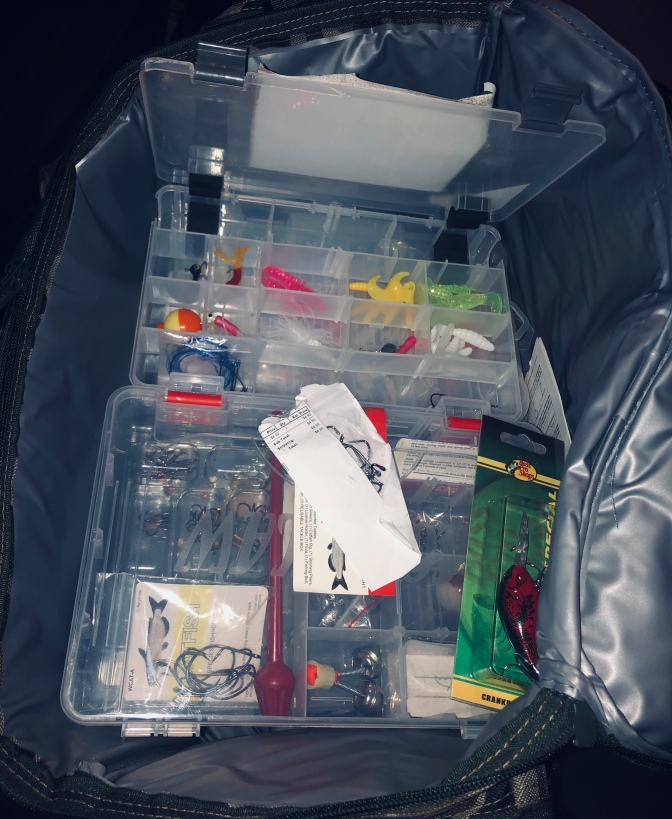You have to be prepared to process all the meat from spring snow goose shoots. (Brad Fenson/)
Snow goose populations have grown to the point they provide more hunting opportunities than ever before. A good day afield during the spring conservation season can end with upwards of 200 dead birds. Filling the truck bed with white geese won’t happen every hunt, but with the right conditions it can.
Like any migratory gamebird, wanton waste, which means to intentionally waste, neglect, or use inappropriately, comes into play. The job of cleaning hundreds of birds can be daunting, but a production line of hunters can make short work of a mountain of snow goose meat. Few people pluck snows, and the birds are typically breasted. The legs and thighs are some of the best eating, so make sure to include them in the processing line. Hundreds of pounds of meat can accumulate, and here is the best way to process and prepare snows.
Use Sorting Totes
Use sorting totes to separate clean meat from shot up breasts. (Brad Fenson/)
Sort the meat, making a meat tote for breasts with no shot holes. These will provide top-grade meat for unique recipes where whole breasts are required. Breasts with shot holes go into a second tote and can be dissected to remove feathers, shot, blood clots, and bruising. The second tote is for ground meat, so do not worry if there are smaller pieces, as they will all add up to clean ground protein in the end. A third meat tote can collect legs and thighs. Take the legs and thighs in good condition (in some states it is illegal not to process them), as they are versatile and delicious.
Using a brine on waterfowl helps to draw blood from the muscle, allowing you to see the difference in the color of meat before and after. Giving the harvested meat a short brine on cleaning day will allow them to go directly into a pot or onto the grill when it is time to put them to use. A salt and cold water bath for 20 to 30 minutes before rinsing and packaging, or further processing, will have the meat in good shape. Mix a quarter cup of salt for a gallon of ice-cold water to make the perfect short brine.













































































